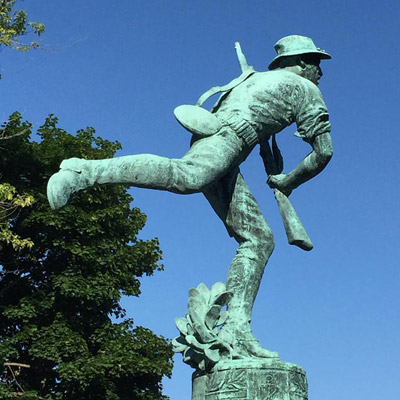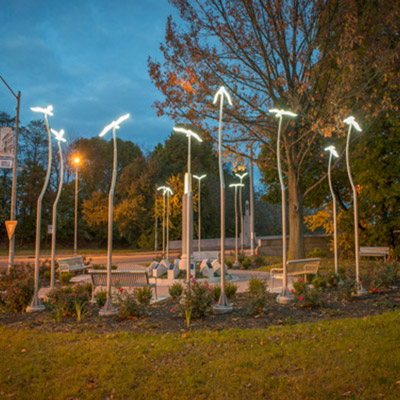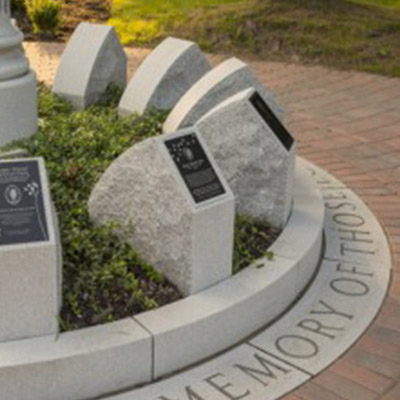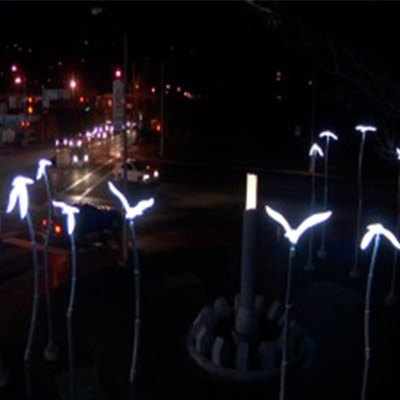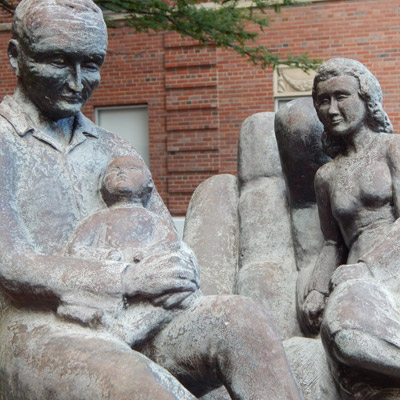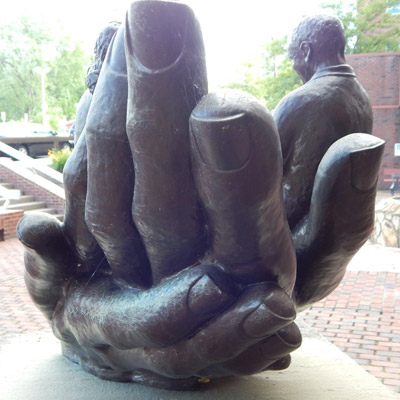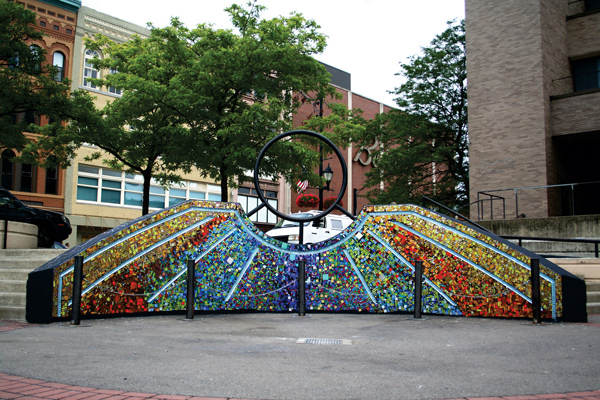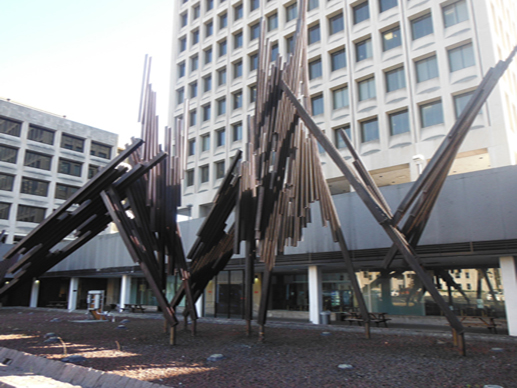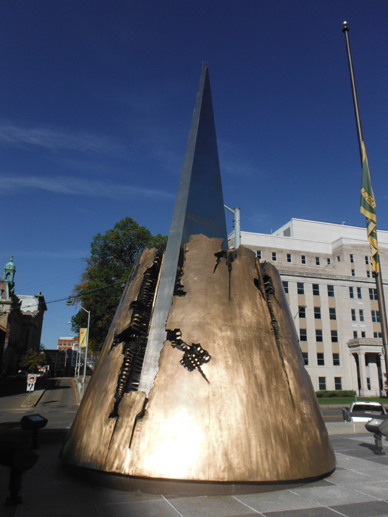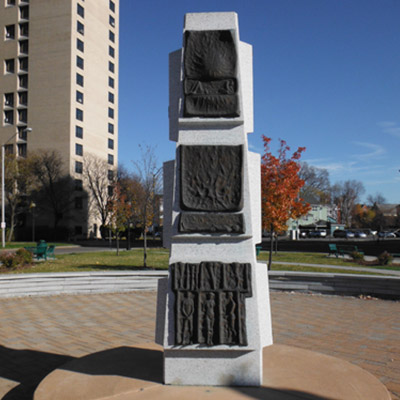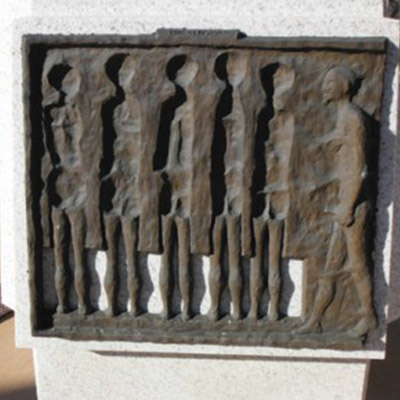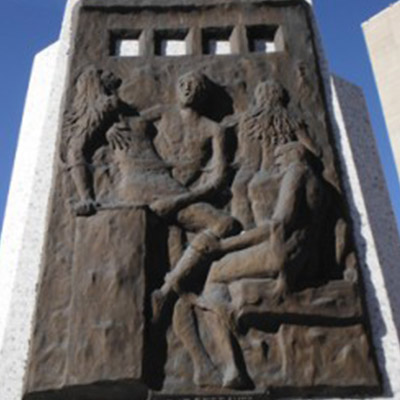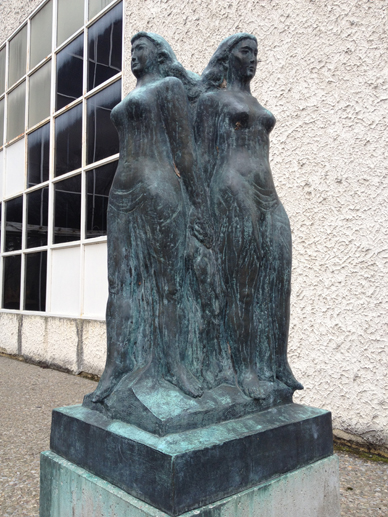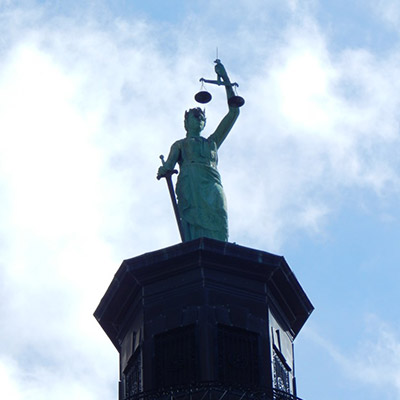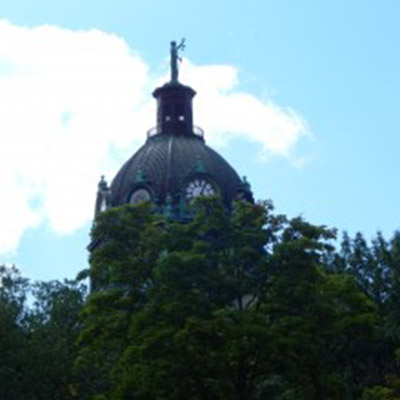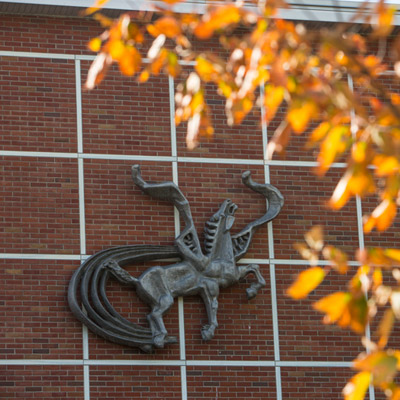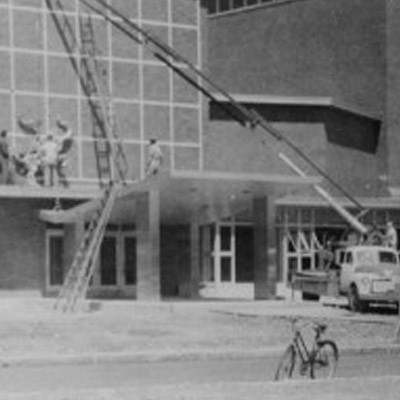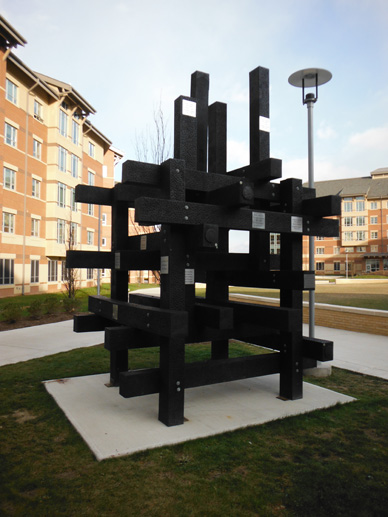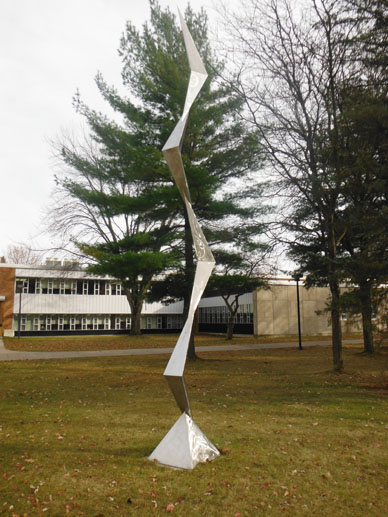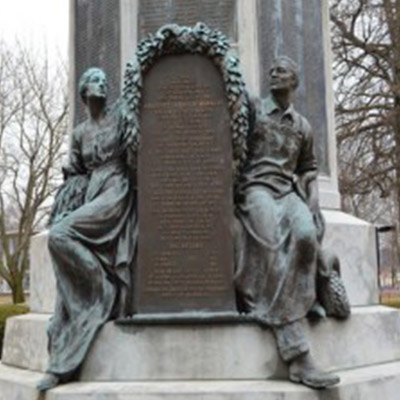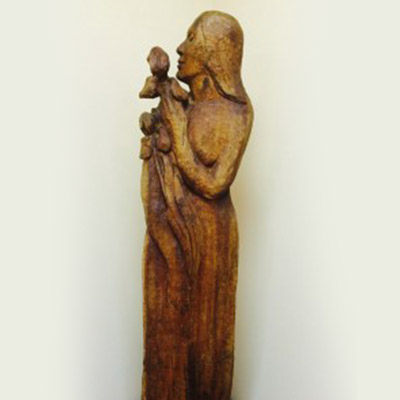Reviewed by Lee Shepherd
For most of the country, Super Bowl Sunday (Feb. 3) was all about competition. For the select crowd at Binghamton University’s Anderson Center Chamber Hall for the “pregame show” on Sunday afternoon, it was all about collaboration.
And what a fine demonstration of perfect coordination it was, as the New Orford String Quartet played Mozart’s Quartet in C Major (the “Dissonant”), Brahms’ Quartet in A minor, Op. 51, No. 2 and Quebecois composer Jacques Hétu’s Quartet No. 2, Op. 50.
Actually, there was a ringer in the otherwise Canadian-born ensemble, hometown boy Brian Manker, now the principal cellist with the Montreal Symphony. Manker grew up in Endwell, Vestal and Binghamton; studied with the late Fritz Wallenberg and other local teachers, and played in the Binghamton Youth Symphony, the Binghamton Symphony, the Tri-Cities Opera Orchestra and BU’s orchestra before launching his professional career.
Recently, he returned to perform the Bach Unaccompanied Cello Suites at Phelps Mansion Museum in Binghamton, where his parents, Harold and Toby Jean Manker, are movers and shakers. Manker has a beautiful tone, and he provides a solid rhythmic foundation to the quartet at all times.
Sunday, he was joined by Jonathan Crow, former concertmaster of the Montreal Symphony Orchestra; Andrew Wan, current concertmaster of the Montreal Symphony, and violist Eric Nowlin, associate principal violist of the Toronto Symphony.
The New Orford played the Mozart work with a light touch, perfect coordination and an obvious sense of fun and mischief. Sublime conversations abounded among all four players, as the joyful and happy motifs were tossed around. As the quartet ended in bubbling good spirits, it became obvious that the relationship among the players is more than that of four performers working together — it’s a tight-knit friendship based on a common interpretation of music.
With the Hétu work, the quartet gave Binghamton a warm Canadian gift, quite the opposite of the arctic cold fronts that usually make their way here from the north. One of only two quartets by Hétu, this work was written late in the composer’s life, when he was coming to terms with his own mortality. The two outer movements were elegiac, shimmery, in turns dark and relentless, atonal and harmonic. The middle movement was a real rosin burner, a perpetual motion machine so busy that the second violinist had to turn pages for the cellist, because his bow never lifted from the strings. In the final slow movement, there was a sense of the composer’s reconciliation to his fate. Instead of the more usual barn-burner of an ending, the four played an eerie harmonic chord, then left Manker to intone one solo mournful note.
After intermission, the first and second violinists changed places, an unusual show of egalitarian status in a string quartet. That way, both Wan and Crow had a chance to shine as the more flamboyant first violin.
The piece de resistance of the concert – the Brahms quartet — was full of polyphonic tricks and techniques, gorgeous sing-able melodies, intricate two-against-three rhythms and personal themes honoring Brahms’ good friend, violinist Joseph Joachim. Joachim’s personal motif was the notes F-A-F, (Frei, aber froh, “free, but glad”). If your heart didn’t beat harder at the end of the wild Hungarian dance that concluded the quartet, it couldn’t have been beating in the first place.
After a standing ovation, the New Orford treated the audience to the last movement of Haydn’s String Quartet, Op. 20, No. 4, played with utter good humor and at break-neck speed.
I just have to say this to Toby and Harold Manker: To have produced such a talented son, who plays music with such fine fellow musicians – good work!

